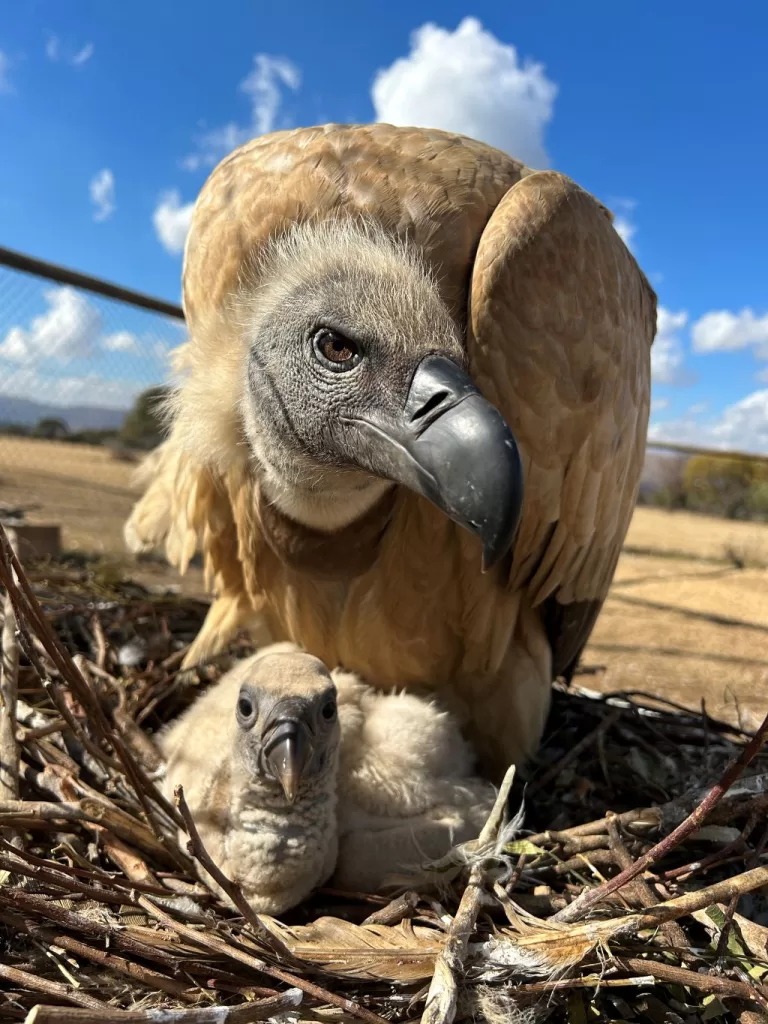The tiny miracle that resulted in huge conservation success
This Birding Big Day, Shamwari TV celebrates the reintroduction of the red-billed oxpecker to the Eastern Cape
The tiny birds pecking parasites from rhino, giraffe, zebra and other mammals are so common in Eastern Cape reserves that visitors pay them scant attention, but the red-billed oxpeckers’ ubiquity is a significant conservation success.

After the vast herds of game, once prevalent in the region, were all but wiped out in the late 19th and early 20th centuries, oxpecker numbers declined. The use of arsenic-based dips for cattle, sealed their fate. The species became extinct in the Eastern Cape.
This Big Birding Day (Saturday 2 December) Shamwari TV, celebrates the re-introduction of the red-billed oxpecker to the reserve and by extension the Eastern Cape in the mid-90s and the vital role these and other birds play in the ecosystem.
In the special episode, ecologist John O’Brien, recalls flying to the Kruger National Park to collect what he thought would be 100 birds. In the event there were only 52.
After the expense of chartering the aircraft and having waited five years to ensure the conditions were optimum, there was a lot of anxiety about releasing the birds at Shamwari. The conservation team picked what they thought was the ideal spot, an open area with plenty of grazing mammals around.
But when they opened the cages all 52 birds headed straight back in the direction of the Kruger. That was, until one looked around and saw a giraffe and the others followed. That small conservation miracle resulted in the successful reintroduction of the species to the Eastern Cape.
Now the conservation team is looking to bring back another bird species, which suffered the same fate as the oxpecker after the demise of wild herds and the use of arsenic cattle dips.
In late January the first tranche of 155 Cape vultures will move from VulPro’s existing conservation and breeding facility at Hartebeespoort to a purpose-built centre at Shamwari. This will mark the start of what is the largest relocation of vultures ever undertaken.
The Cape vultures’ offspring will be released on Shamwari, reintroducing the species to the reserve and the Eastern Cape.
Joe Cloete, Shamwari CEO, says that in conservation terms the project is as significant as anything that has been done on the reserve over the past 30 years.
“Vultures play a vital role in maintaining a healthy ecosystem, are part of our natural heritage and are severely threatened. I cannot overstate how reintroducing Cape vultures is a critical step in the continuing evolution of our conservation journey and enhancing the ecological importance of the reserve.”
To view the special episode of Shamwari TV celebrating birds click here.
Notes to editors
Shamwari TV started during the hard lockdown in 2020 as a way of showcasing the reserve’s wildlife and helping some of its neighbouring communities.
Initially it was just Andrew Kearney, head ranger, going out onto the reserve armed with a rifle and a cell phone and filming anything of interest he came across.
His enthusiasm and encyclopaedic knowledge of the bush soon resulted in his posts gaining followers. That’s when Shamwari and Andrew Barratt, co-owner of Hungry Bison Films, teamed up to start producing professional filmed and edited episodes.
Over 100 episodes later and Shamwari TV has proved a huge success, with over 120,000 followers in South Africa and around the world.





























